The Ultimate Buying Guide to Choosing the Best Dive Mask for You
- Rich Coast Diving

- Aug 30
- 5 min read
Updated: Sep 24
A Guide to Finding the Perfect Scuba Diving Mask for You!
Selecting the ideal scuba diving mask is an important decision for divers of all experience levels. More than just a piece of equipment, the mask serves as your essential link to the underwater environment. It affects your comfort, visibility, and safety throughout your dives.
Whether you're new to diving or a seasoned enthusiast, understanding the key factors in choosing a mask can vastly improve your underwater experience.

A scuba diving mask and dive computer are compact essentials ideal for travel. These items are indispensable for any diving expedition. In this blog, I will give you an overview of our top best-selling scuba diving masks.
I often get asked by students and dive professionals about the "best mask" for scuba diving. However, just like with shoes, there's no universally best mask. Different masks are designed for different purposes. It's important to prioritize factors like comfort, durability, and fit. In this blog, I aim to help you choose the right scuba diving mask based on your individual needs.

Before diving into specifics, I strongly recommend trying on masks before purchasing. Testing different options ensures you find one that fits well and suits you perfectly. Avoid purchasing masks online solely based on discounts or promotions—like buying shoes, it's crucial that your mask fits correctly for an enjoyable diving experience!
Our Top Selling Masks by Brand
Click on the mask for more information about each mask.

A scuba mask is more than just gear — it’s your window to the underwater world. It allows you to see clearly beneath the surface, keeps water out of your nose, protects your eyes from irritants, and even helps shield your face from cold water.
Our eyes are designed for seeing through air, not water. That’s why things look blurry when you open your eyes underwater. A dive mask solves this by creating a thin pocket of air between your eyes and the water, restoring sharp vision so you can enjoy every detail of the marine environment.

1. Fit and Comfort
Here at Rich Coast Diving in Playas del Coco, we are a certified Scubapro, Mares, and Cressi dealer. Every year, I help hundreds of divers and dive professionals choose their best masks. The foremost consideration when selecting a diving mask is achieving a proper fit that ensures comfort and a watertight seal.
Testing Fit
Try on different masks to find one that seals securely against your face without gaps. A well-fitting mask should stay in place when you inhale without the strap.
Silicone Skirt
Many modern designs combine firmer silicone for structure with softer silicone where the mask touches your skin. This combination gives you both stability and a leak-free seal. Assess the softness and flexibility of the silicone skirt against your skin. It should mold comfortably to your face contours, particularly around your nose and cheekbones.
Choosing the right mask is something you should do with the guidance of our Dive Professionals. A properly fitted mask will match the contours of your face, use a double-seal skirt to keep water out, and sit comfortably thanks to adjustable or comfort straps with locking clips to prevent slipping.

Fit Test Tip: Place the mask gently on your face (without using the strap) and inhale slightly through your nose. If it stays in place without you holding it, you’ve got a good fit.
2. Mask Design and Field of Vision
Diving masks come in various designs, each offering distinct advantages in terms of field of vision and functionality. High-quality dive masks feature tempered glass lenses for durability and scratch resistance, and a soft, hypoallergenic silicone skirt for comfort and longevity. A good mask will also offer wide peripheral vision so you can see more of the underwater scenery.
Single vs. Dual Lens
Single-lens masks provide a wide, uninterrupted view and are typically easier to clear. Dual-lens masks offer better peripheral vision and may accommodate prescription lenses.
Low-Profile vs. High-Profile
Low-profile masks sit closer to your face, reducing drag and making them ideal for free-diving and underwater photography. High-profile masks offer more internal volume, beneficial for divers who prefer more space.

3. Lens Material and Coating
The type of lens material and any additional coatings can greatly enhance visibility and durability underwater:
Tempered Glass
Scuba diving masks use tempered glass lenses, which are stronger and more resistant to pressure, scratches, and impacts compared to regular glass.
Anti-Fog Coating
Consider masks with an anti-fog coating on the inside of the lenses to minimize fogging during dives. Alternatively, you can apply anti-fog solutions or toothpaste before each dive.
Prescription Lenses for Divers
If you wear glasses, you can have prescription lenses fitted directly into your mask. This often works better than diving with contact lenses, especially since pressure changes underwater can cause discomfort for some lens wearers.
Some masks come with built-in prescription lenses or options for replacing standard lenses with prescription ones.
Lens Inserts: Alternatively, aftermarket lens inserts can be fitted inside the mask to correct vision, offering flexibility for divers with specific vision needs.
Here at Rich Coast Diving, I can help you order the right mask for you directly from the manufacturer.

4. Strap and Adjustability
A well-designed mask should feature a secure and adjustable strap system for optimal fit and comfort:
Strap Material
Look for masks with silicone straps, as they are durable, comfortable, and less likely to snag hair.
Buckle System
Choose masks with easy-to-adjust buckles that allow quick tightening or loosening of the strap, even while wearing gloves.

Two important skills every diver masters early on are equalizing and mask clearing. Equalization techniques help balance the pressure in your air spaces as you descend. A soft silicone nose pocket on your mask makes this process easier and more comfortable.
Mask clearing is equally essential. If water seeps in or your mask fogs up during a dive, simply tilt your head back, press gently on the top of the mask frame, and exhale through your nose. The air pushes the water out, restoring clear vision in seconds — quick, simple, and stress-free.

5. Maintenance and Care
To ensure your diving mask remains in top condition and continues to perform effectively:
Rinse After Use: Always rinse your mask thoroughly with fresh water after each dive to remove salt, sand, and other debris.
Proper Storage: Store your mask in a cool, dry place away from direct sunlight to preserve the integrity of the silicone skirt.
Avoid Oils and Chemicals: Keep your mask away from sunscreen, hair products, and other oils that can degrade the silicone and affect mask performance.

Conclusion
Selecting the right scuba diving mask is both a personal choice and an essential step in ensuring an enjoyable dive. The right fit, comfort level, and quality materials will make a world of difference in your visibility, safety, and overall underwater experience.
At Rich Coast Diving, I partner with top suppliers in the scuba industry and focus on delivering masks that offer exceptional clarity, durability, and performance. Investing in a mask that’s tailored to your needs will not only improve your comfort but also elevate every underwater adventure for years to come.
Ready to find your perfect dive mask?
Visit me at Rich Coast Diving in Playas del Coco, Costa Rica, and let our SSI Dive Professionals help you choose, fit, and prepare the ideal mask for your next underwater adventure.
📩 Email: info@richcoastdiving.com | 🌐 www.richcoastdiving.com
Rich Coast Diving
Mrs. Céline Monfort
Email: info@richcoastdiving.com
WhatsApp +506 8449 4217


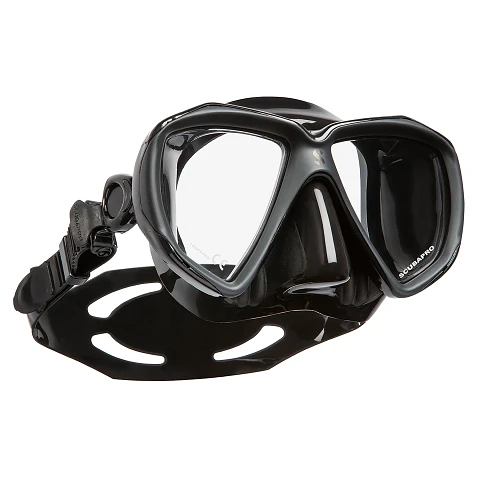
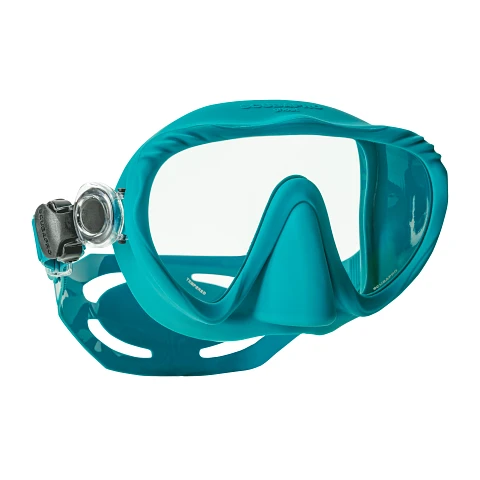
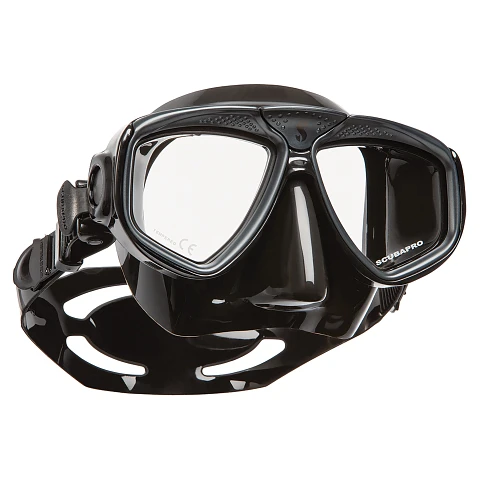
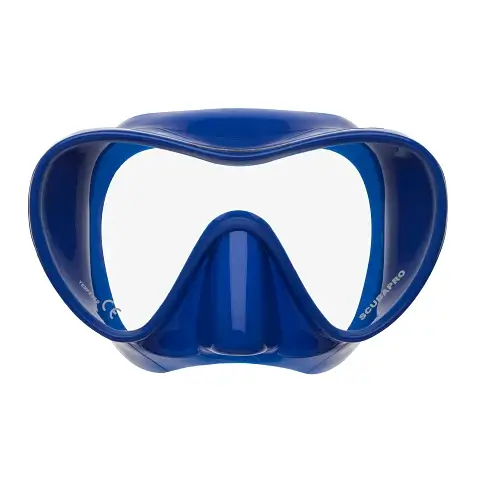
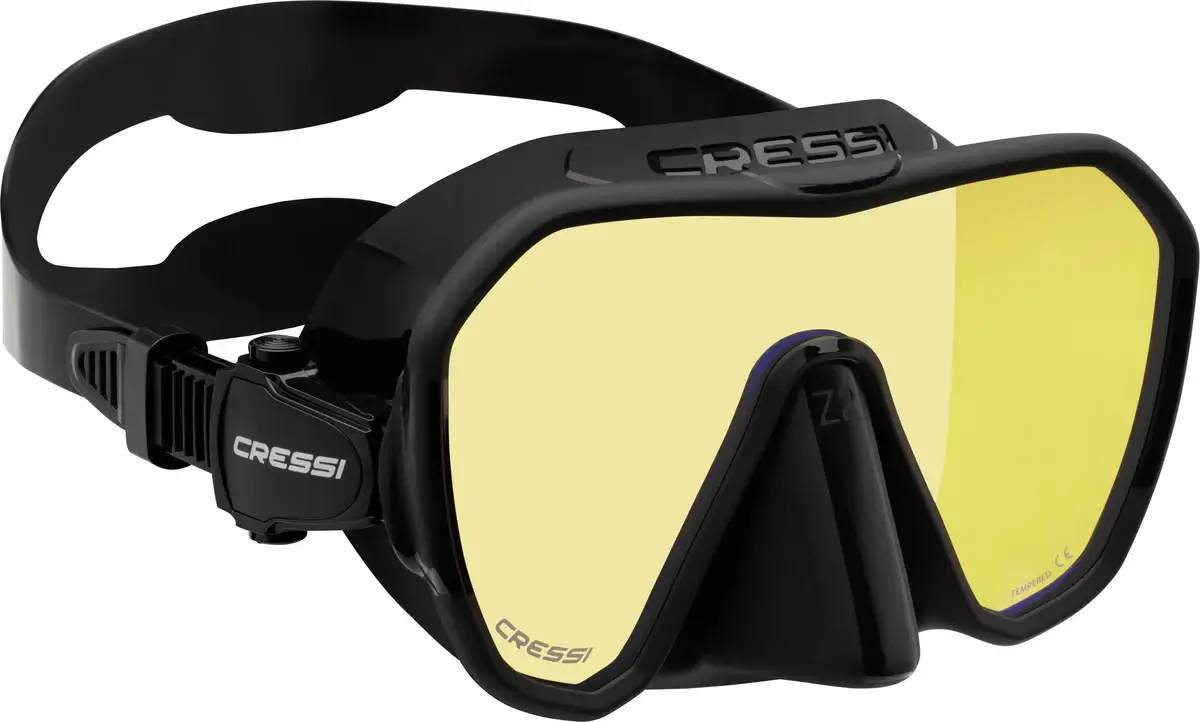
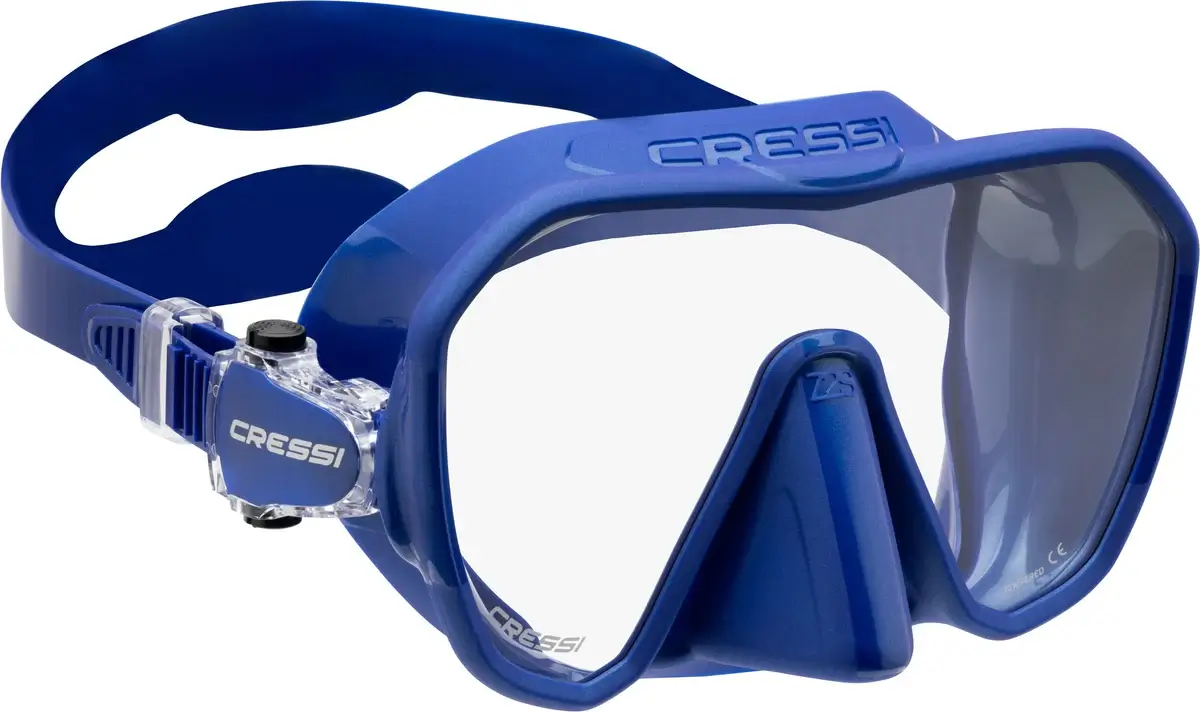
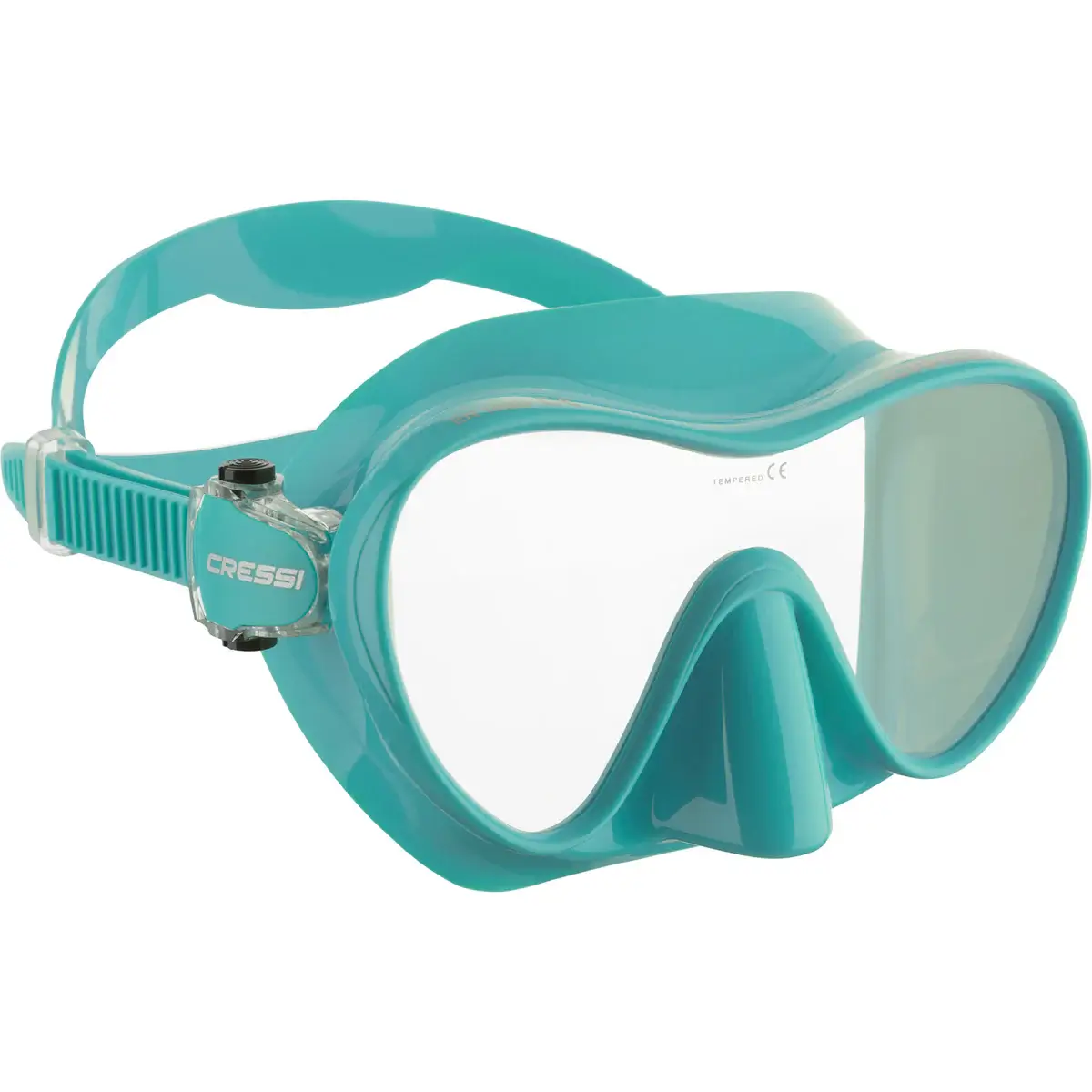
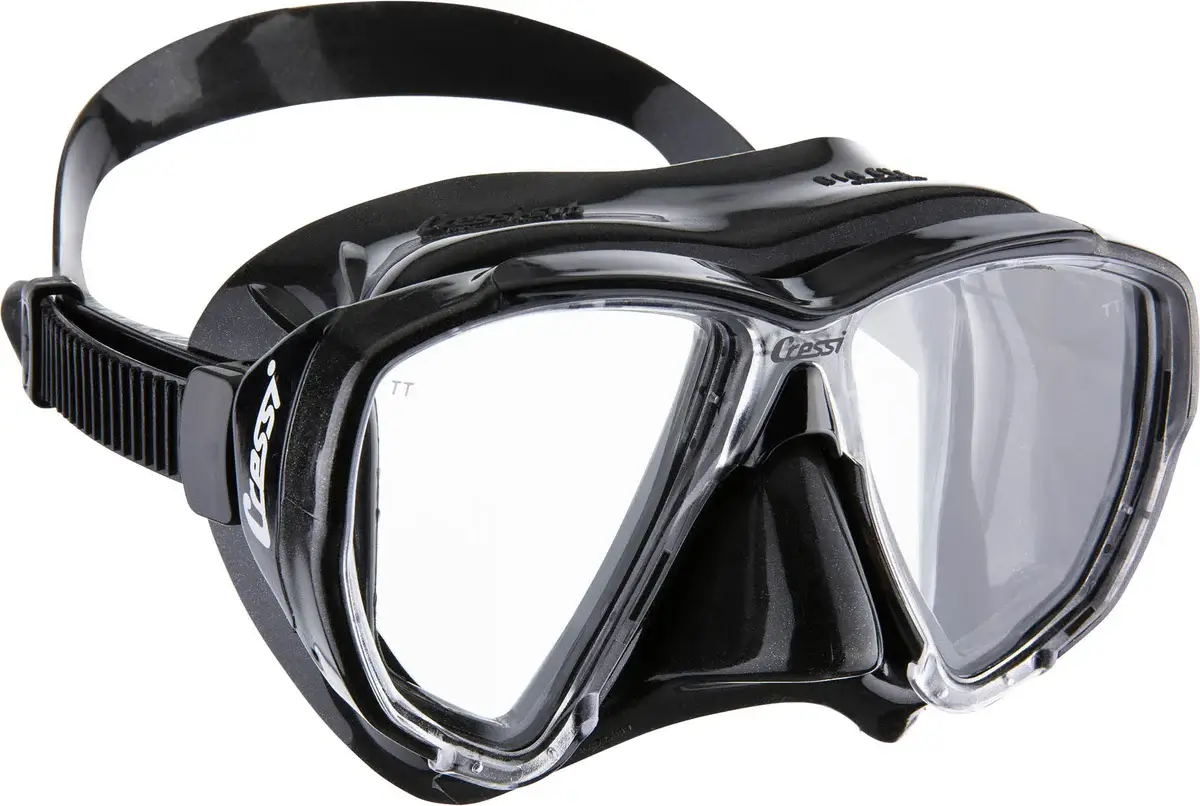









Comments